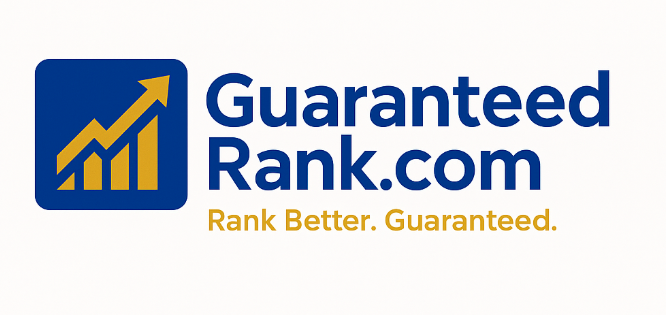Site navigation is a critical element for SEO (Search Engine Optimization) because it directly impacts both user experience and search engine crawlability. Here's why effective site navigation is significant for SEO:
1. Improved Crawlability
- Search engine bots rely on navigation: Search engines like Google use bots to crawl your site and discover pages. Clear, well-structured navigation helps these bots easily find and index your content.
- Hierarchy and internal linking: A logical navigation structure creates a clear hierarchy (with main categories, subcategories, and pages) that helps bots understand the relationship between different pages and prioritize important content.
- XML Sitemaps: If your navigation is well-organized, it can help with creating effective XML sitemaps, which assist search engines in understanding the layout of your site and finding all of your pages.
2. Better User Experience (UX)
- Ease of use: Good navigation makes it easier for users to find the information they are looking for quickly. This reduces bounce rates and increases the time spent on the site, both of which are factors that search engines use to determine the quality and relevance of a website.
- Mobile responsiveness: With mobile-first indexing, search engines give priority to sites that are easy to use on mobile devices. Responsive navigation is crucial for ensuring a seamless experience on smartphones and tablets.
3. Increased Time on Site & Lower Bounce Rate
- User engagement: Clear navigation encourages users to explore more pages on your site. The more pages users visit, the longer they stay, which signals to search engines that the site provides valuable content.
- Reduced bounce rate: If users can’t find what they need quickly due to poor navigation, they may leave immediately (bounce). A lower bounce rate indicates to search engines that your site is relevant and user-friendly.
4. Better Internal Linking
- Passes link equity: Internal links help pass link equity (also called "link juice") across different pages of your site, boosting the SEO value of important pages. Effective navigation encourages users (and search engines) to explore more of your site and discover more content.
- Supports topic clusters: A well-structured navigation can help create and maintain topic clusters, where related content is linked together, improving topical authority and SEO performance.
5. Helps Search Engines Understand Content
- Semantic structure: A good navigation structure helps search engines understand the context and relationships between pages. For example, grouping related pages together (e.g., under a "Services" or "Products" menu) can help search engines understand the site’s offerings and improve visibility for relevant queries.
- Keyword relevance: Descriptive and keyword-rich anchor text in navigation can signal to search engines what the linked pages are about. For example, a "Contact Us" link tells search engines that the page is related to contact information.
6. Supports SEO-Friendly URL Structure
- Logical URL structure: When navigation is organized with a logical URL structure (such as
/category/subcategory/page), search engines can better interpret the relationships between pages. This structure can also be helpful for users to understand where they are on the site.
7. Increases Local SEO Visibility
- Local navigation: If you have multiple locations or region-specific content, organizing your navigation to feature these areas can help search engines identify your site as relevant for local search queries. For example, a navigation link like “Our Locations” or "Find a Store Near You" can enhance local SEO efforts.
8. Helps with Featured Snippets
- Structured content: Good navigation often correlates with well-structured content, making it easier for search engines to identify relevant information for rich snippets, featured snippets, or other specialized search results.
Best Practices for SEO-Friendly Site Navigation:
- Keep it simple and organized: Use categories, subcategories, and clear labeling to make navigation intuitive.
- Use descriptive, keyword-rich anchor text: Descriptive text in navigation links helps both users and search engines understand what the page is about.
- Avoid deep navigation: Avoid deep nesting of pages (i.e., many clicks to reach content) as it may hinder both user experience and search engine crawling.
- Implement breadcrumb navigation: Breadcrumbs help users and search engines understand where they are within the site’s hierarchy and make it easier to navigate.
- Mobile optimization: Ensure that your navigation is mobile-friendly and easy to use on smaller screens.
- Use a search bar: Including a site-wide search function can help users find what they need quickly, improving both user experience and time on site.
In summary, site navigation plays a key role in both SEO and user experience. A well-structured, intuitive navigation system ensures search engines can crawl and index your site effectively while making it easier for users to find content, which in turn improves your site's visibility and rankings in search engines.









0 Comments